Microsoft denies claims on Reddit, forums, gaming sites and Twitter that Windows 10 is being forced on Windows 7 PCs without asking users
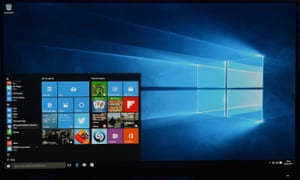
Windows 7 users are reporting that Windows 10 is automatically installing on their PCs without permission.
Scores of users have posted on Twitter, forums, Reddit and gaming sites to complain about Windows 10 automatically installing, seemingly without asking, and often in the middle of doing something important.
Reddit user LHoT10820 posted a warning, which has attracted over 2,800 comments, about the forced Windows 10 upgrade after it “bricked” his father’s computer.
Geekygirlhere said: “Yep this happened to me this morning. Working and all of a sudden Windows closed all my programs, logged me out and started the upgrade. I quickly shut down my computer and was able to stop it but my son wasn’t so lucky. Same thing happened to him today.”
8165128200 said: “We’ve been getting calls trickling in all week from doctor’s offices, dental practices, B&Bs and roofing companies – among others – that have been hit by this and it’s a fucking mess.
“In some cases the upgrade went OK and the user is just really confused. In others, Windows 10 is asking for a login password the user set years ago and hasn’t used since, that was fun. In still another it’s screwed up access to their shared folders.”
Even senior reporter Patrick Klepek for gaming site Kotaku was seemingly forced into an upgrade to Windows 10.
‘Recommended update’
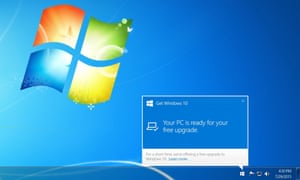
Microsoft recently changed the Windows 10 upgrade from “optional” to “recommended”, making it one level below the highest “critical” designation within Windows Update, the software update system built into Windows. The change means that if users have Windows update on Windows 7, 8 or 8.1 set to ‘install all recommended updates’, which many will do, the Windows 10 upgrade will automatically download to a user’s computer.
But Microsoft insists that Windows 10 will not automatically install without asking for explicit permission.
A Microsoft spokesperson said: “We shared in late October on the Windows Blog, we are committed to making it easy for our Windows 7 and Windows 8.1 customers to upgrade to Windows 10. As stated in that post, we have updated the upgrade experience to make it easier for customers to schedule a time for their upgrade to take place. Customers continue to be fully in control of their devices, and can choose to not install the Windows 10 upgrade or remove the upgrade from Windows Update by changing the Windows Update settings.”
Microsoft also states that reports that Windows 10 being forced on users are “not accurate” and suggests that users who seeing Windows 10 installed unexpectedly might have pre-selected to upgrade to the new operating system.
A Microsoft spokesperson said in a Q&A: “We have updated the upgrade experience for some of our customers, who had previously reserved their upgrade, to schedule a time for their upgrade to take place.”
Users may have also have unwittingly clicked or tapped on the ‘accept’ or ‘OK’ button, which user interface elements such as Windows Access Control and the modern trend of extensive permissions and password requests bombarding users with pop-ups demanding action, has trained users to do.
Either way, it is catching users unaware, without an obvious warning that significant changes will be made to their computers, and often in the middle of work, leading users to Twitter to vent their frustration.
For some, Windows 10 has been a breath of fresh air, the best version of Windows to date and an excellent software backing for 2-in-1 machines such as the Microsoft Surface Book. But Microsoft has been aggressive in its efforts to get users to upgrade, offering the new operating system for free and making it part of Windows Update rather than a manual download from the Windows Store or similar.
From Microsoft’s perspective it is imperative users upgrade and get in the habit of upgrading, as users of Apple’s OS X have, to avoid the legacy support issues the company has faced with Windows XP. Microsoft has struggled to convince users to upgrade from XP, even after the software dropped out of support.
Many see Windows 7 as being the next Windows XP, where users and businesses remain unconvinced about the benefits of upgrading and remain stuck on software that ended mainstream support on 13 January 2015 and ends its extended support on 14 January 2020, after which it will not receive much needed security updates in the same way XP no longer does.
Windows 10 – labeled as the last version of Windows with its constant upgrades – is seen as the answer, but users have to upgrade to it first.

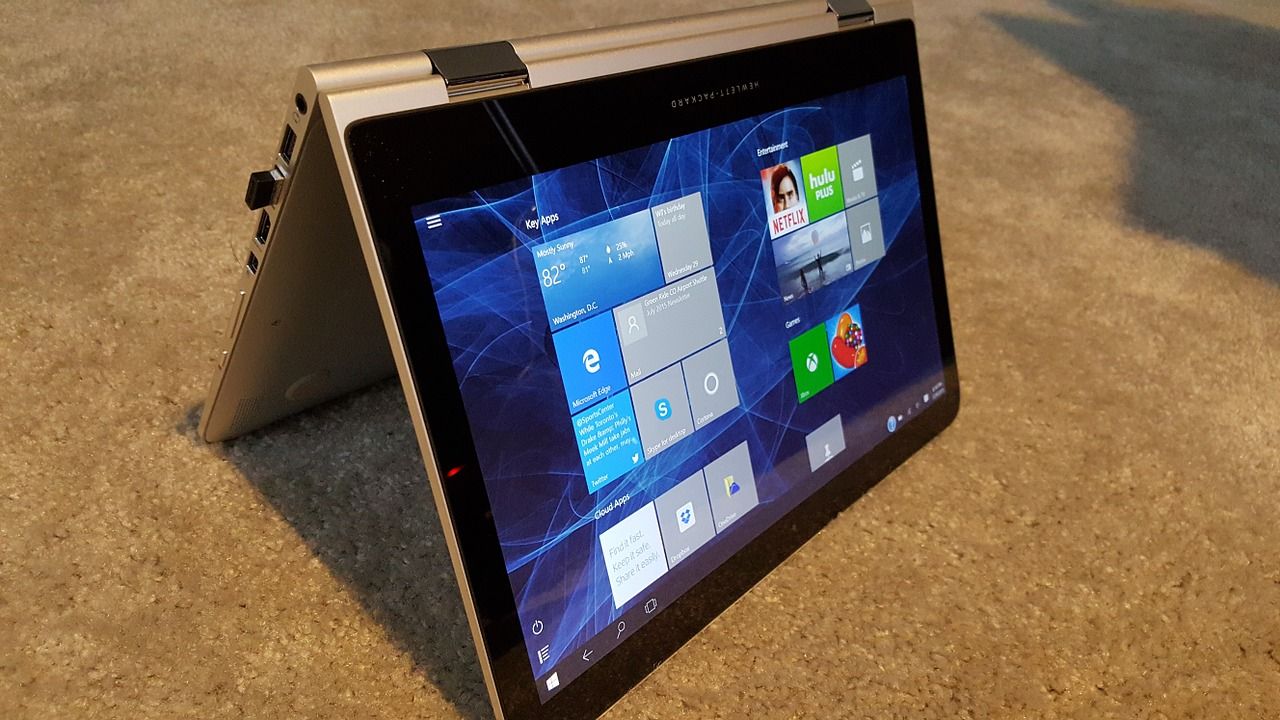
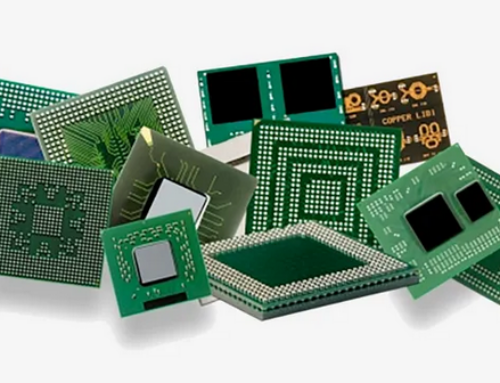
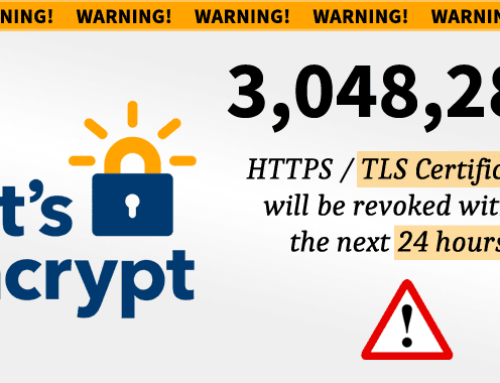
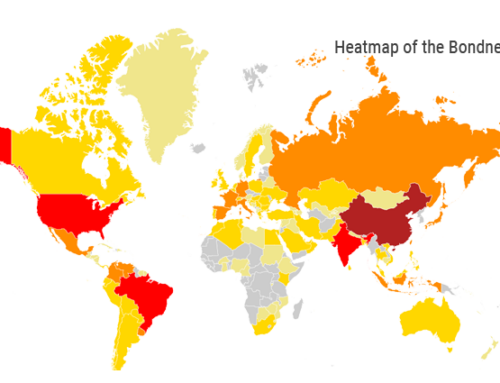
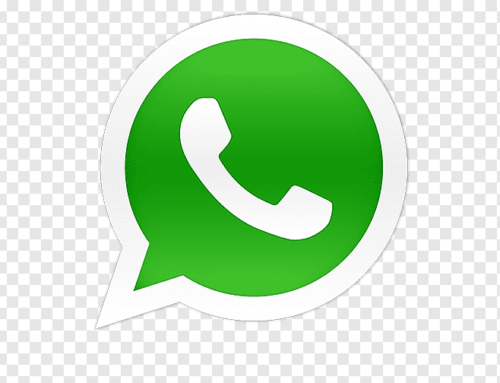
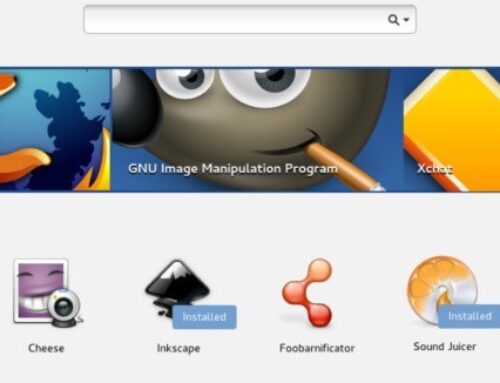
Leave A Comment